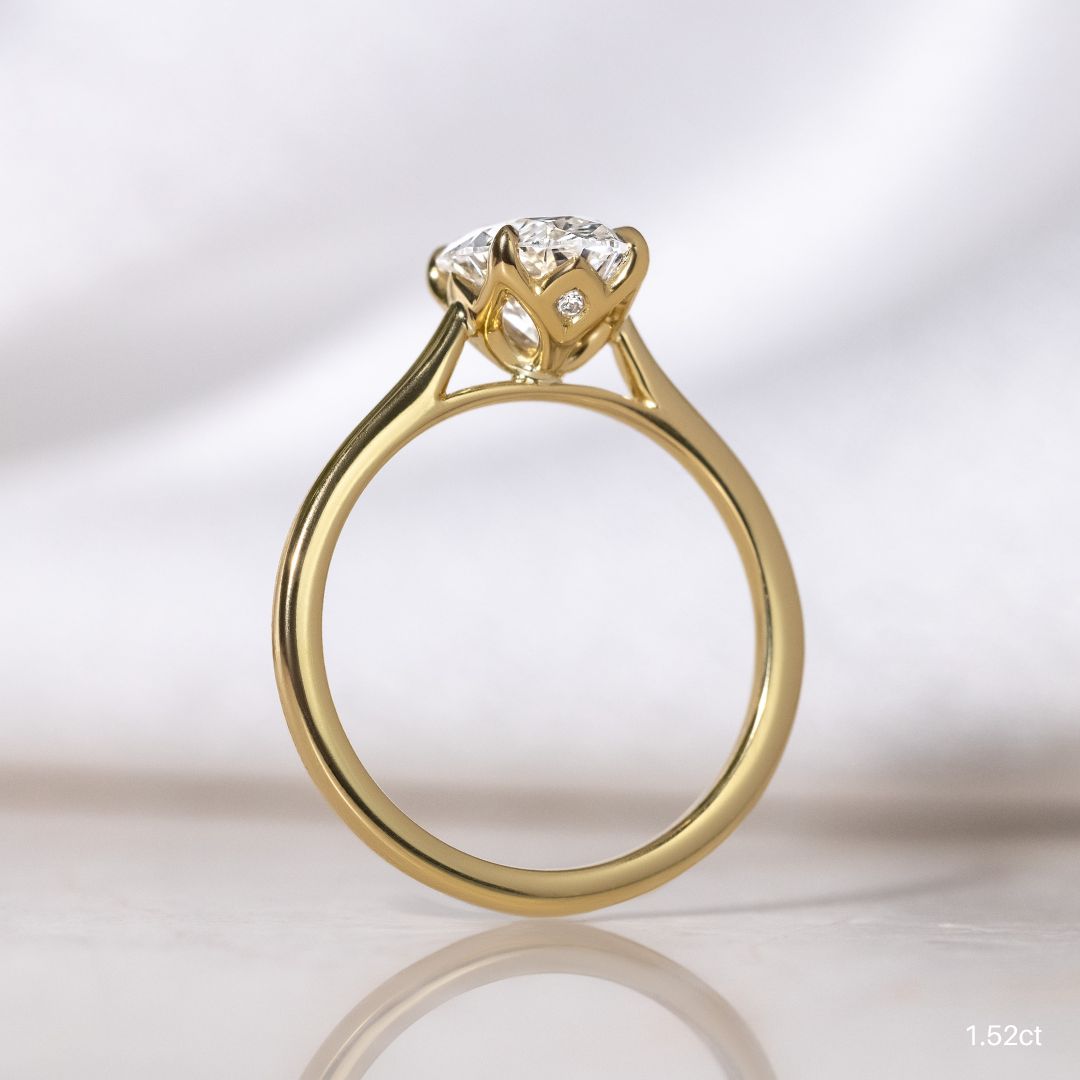Introduction to technology and fashion
Fashion has always been a reflection of culture, identity, and creativity. But now, it’s entering an exciting new era where technology is changing the game entirely. Gone are the days when fashion was simply about fabric and design; today, it blends seamlessly with cutting-edge innovations that enhance how we dress, shop, and express ourselves. From smart fabrics to virtual dressing rooms, technology is not just influencing trends—it’s redefining them.
Imagine slipping on a hoodie that adjusts its temperature according to your body’s needs or using augmented reality to visualize outfits before making a purchase. With brands like sp5der leading the way in combining style with tech-savvy solutions, it’s clear that we’re only scratching the surface of what’s possible in the world of fashion. Buckle up as we explore this fascinating intersection of style and innovation!
The rise of wearable technology
Wearable technology is revolutionizing the fashion landscape in unexpected ways. Once dominated by fitness trackers, this trend has expanded into chic accessories and garments.
Smartwatches now double as style statements, blending seamlessly with outfits. They not only tell time but also monitor health metrics and connect to smartphones.
Then there are smart clothing options that adjust to body temperature or track physical performance. Imagine a hoodie that can cool you down on hot days or warm you up when it’s chilly—like the sp5der hoodies featuring built-in tech for enhanced comfort.
Fashion designers are increasingly collaborating with tech companies to create innovative pieces that are both functional and fashionable. This fusion allows individuals to express their personal style while enjoying the benefits of advanced features.
As wearable technology continues to advance, it’s clear that our relationship with fashion is evolving dramatically.
Virtual and augmented reality in fashion
Virtual and augmented reality are revolutionizing the fashion landscape. Brands now offer immersive experiences that allow customers to try on clothes without stepping foot in a store.
Imagine browsing through a virtual boutique, selecting items, and seeing how they fit your avatar. This technology enhances the shopping experience and helps reduce return rates significantly.
Augmented reality apps also let users visualize outfits in real-time. With just a smartphone camera, you can see how different styles look on you before making a purchase.
Fashion shows have transformed too, with designers using VR to showcase their collections to a global audience. Viewers can experience runway events from anywhere in the world as if they’re front-row guests.
This blend of tech and style not only captivates consumers but also fosters deeper brand engagement. It’s about creating connections beyond mere transactions; it’s an experiential journey into the heart of fashion innovation.
3D printing in the fashion industry
3D printing is revolutionizing the fashion industry, creating a new frontier of design and production. This technology allows designers to bring their most imaginative ideas to life with precision.
Gone are the days when producing samples was costly and time-consuming. With 3D printing, prototypes can be made quickly and efficiently. Designers can test concepts on-demand, leading to faster turnaround times.
Customization has reached new heights as well. Consumers can now order pieces tailored specifically for them, ensuring a perfect fit that traditional manufacturing could rarely achieve.
Sustainability is another critical benefit; 3D printing minimizes waste by using only the material needed for each item. This approach aligns perfectly with growing concerns over environmental impact in fashion.
Innovative brands are already embracing this technology, showcasing unique garments that push creative boundaries while keeping sustainability at heart.
Artificial intelligence and personalization in fashion
Artificial intelligence is transforming the fashion landscape in remarkable ways. By harnessing vast amounts of data, brands can now tailor recommendations to individual preferences. This level of personalization makes shopping more relevant and enjoyable for consumers.
AI-driven algorithms analyze browsing habits, purchase history, and social media interactions. They predict trends and suggest outfits that align with a person’s unique style.
Virtual fitting rooms powered by AI allow customers to try on clothes digitally. This innovation minimizes returns while enhancing the shopping experience.
Moreover, fashion designers are using AI tools to create personalized designs. These creations resonate with specific audiences based on their tastes and desires.
As technology evolves, so does its ability to connect with shoppers on a deeper level. The fusion of artificial intelligence and fashion opens exciting doors for creativity and consumer engagement alike.
Sustainability and technology in fashion
Sustainability is no longer a trend; it’s a necessity. As consumers become more eco-conscious, fashion brands are stepping up their game.
Technology plays a crucial role in this shift. Brands like sp5der now use innovative materials made from recycled plastics and organic fibers. These advancements reduce waste and diminish the environmental impact of traditional manufacturing processes.
Blockchain technology adds another layer of transparency to the industry. It allows customers to trace the origins of their clothing, ensuring ethical sourcing and production practices.
Moreover, data analytics helps companies forecast trends accurately, minimizing overproduction. This means less surplus inventory ending up in landfills.
As smart fabrics evolve, we see garments that not only look good but also serve functional purposes like moisture-wicking or temperature regulation while being environmentally friendly. The fusion of sustainability with cutting-edge tech is paving a brighter path for future fashion endeavors.
Ethical concerns and challenges with technology in fashion
The integration of technology in fashion brings significant ethical concerns. One pressing issue is data privacy. Wearable tech collects personal information, often without users fully understanding how it will be used.
Then there’s the environmental impact of manufacturing these high-tech garments. The production processes can lead to increased waste and pollution.
Labor practices also come under scrutiny. As brands adopt automation and AI, workers may face job displacement or reduced wages as companies seek efficiency over ethics.
Moreover, the allure of fast fashion combined with advanced technology could encourage a cycle of consumerism that harms both society and the planet.
Brands must navigate these challenges carefully to maintain integrity while embracing innovation. Balancing creativity with responsibility isn’t just an option; it’s a necessity for future sustainability in fashion.
The future of fashion: merging technology and creativity
The future of fashion is a thrilling landscape where technology and creativity intertwine seamlessly. Designers are no longer confined to traditional methods. They’re embracing digital tools that expand their creative horizons.
Imagine garments that change color based on the wearer’s mood, or fabrics embedded with sensors that adapt to environmental conditions. This fusion of tech and artistry allows for clothing that’s not just stylish but also functional.
Collaboration between technologists and designers will redefine how we perceive fashion. Virtual reality showcases can transport customers into immersive shopping experiences, making them feel part of the design process.
More than just aesthetics, this evolution encourages sustainability as well. Smart textiles may reduce waste, allowing for a more responsible approach to consumption while still maintaining high-fashion appeal.
As we move forward, the possibilities are endless—each innovation opens doors to new forms of self-expression in our wardrobes.
Conclusion
The landscape of fashion is evolving rapidly, driven by technological advancements that are redefining how we think about style and functionality. As wearable technology like sp5der hoodies becomes more integrated into our daily lives, the boundaries between fashion and tech continue to blur.
Virtual and augmented reality offer a new way for consumers to experience fashion, from trying on clothes virtually to exploring immersive brand experiences. Meanwhile, 3D printing opens up limitless possibilities in design and production, enabling brands to create unique pieces tailored specifically for individual tastes.
Artificial intelligence is revolutionizing personalization in the industry as well. With algorithms capable of analyzing consumer preferences, brands can curate collections that resonate with specific audiences. This level of customization not only enhances customer satisfaction but also encourages loyalty.
Sustainability remains a critical concern within this intersection of technology and fashion. Innovations such as eco-friendly materials and efficient manufacturing processes help reduce waste while meeting consumer demands for stylish yet responsible choices.
However, the rapid adoption of technology isn’t without its challenges. Ethical considerations around data privacy, labor practices in tech-driven productions, and environmental impacts must be addressed carefully as the industry moves forward.
As we look ahead at what’s next in fashion’s evolution, it’s clear that creativity will always play an essential role alongside these technological advancements. The future promises exciting innovations where style meets function seamlessly—leading us into a new era where dressing smart means much more than just looking good; it’s about embracing innovation while making ethical choices along the way.










